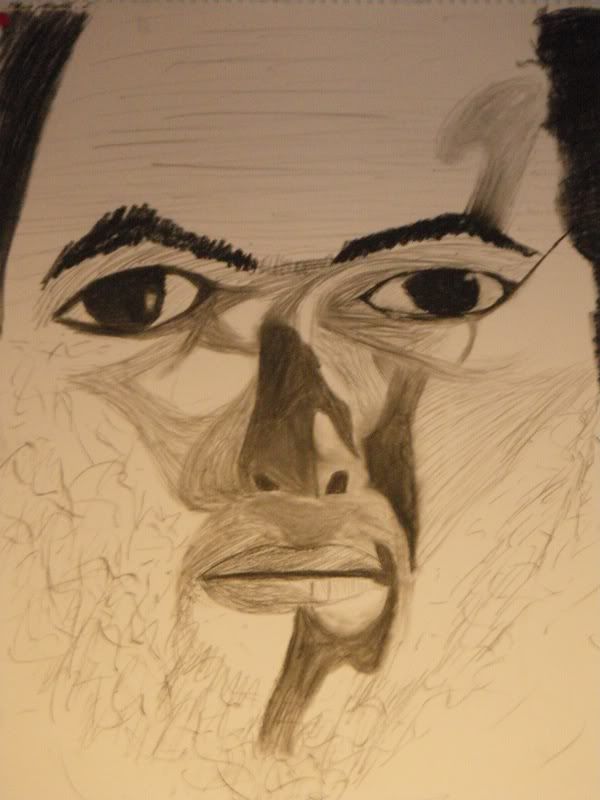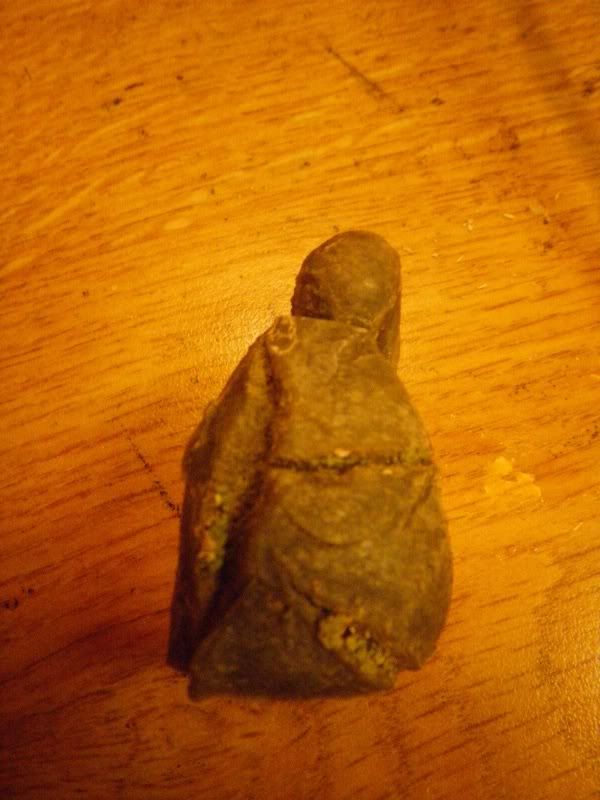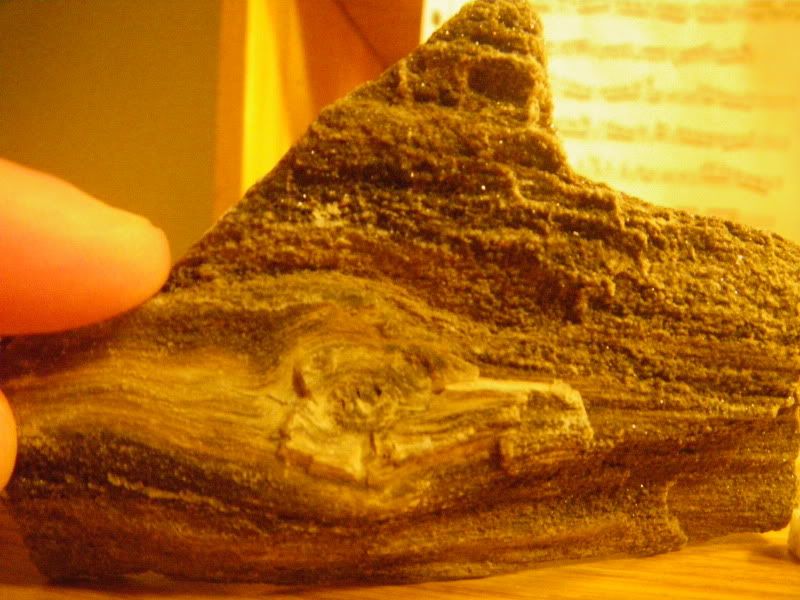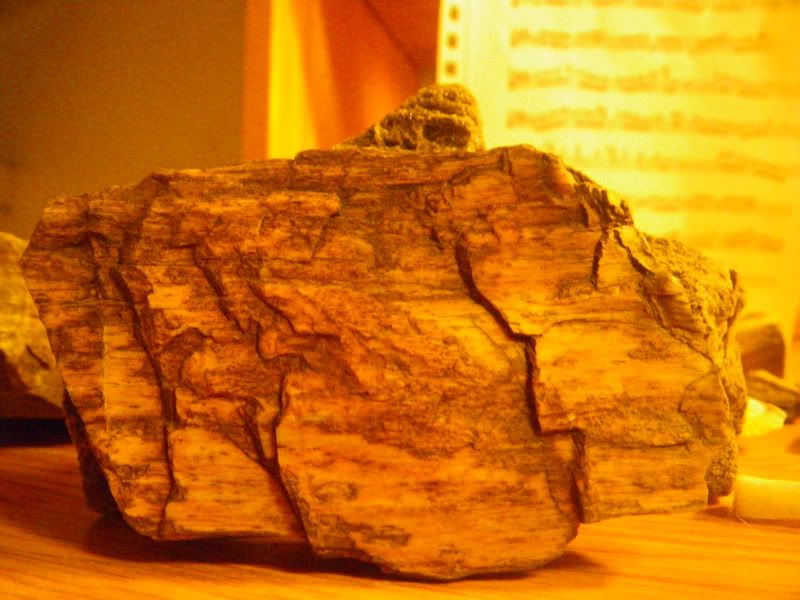
Kombucha (or KT) is fermented sweet tea. Anyone can quite easily make it at home, though national distributors sell it for upwards of three dollars a bottle. I've been brewing my own for several months now. Why? Because it's fun, it tastes good, and, based on a cursory review of the medical literature, it is healthy.
This last point is a contentious one. Is Kombucha healthy? Type "Kombucha health benefits" into Google, and one of the top results is a Mayo clinic article advising that it "is prudent to avoid it." However, read the label of any commercially available KT bottle and you'll find an astonishingly long list of health claims including cancer cure, health skin elixir, mood elevator, energy booster.
The history of Kombucha scholarship in peer-reviewed research journals begins in 1928, with the publication of "About the so-called Kombucha" in BIOCHEMISCHE ZEITSCHRIFT (An article for which there is not a readily available online text). After that, there is dearth of publications on the fermented tea until the mid and late 1990's, when a series of scholars publish articles about the potential dangers of Kombucha. For example:
-"Unexplained severe illness possibly associated with consumption of Kombucha tea - Iowa, 1995"
-"Probable gastrointestinal toxicity of Kombucha tea - Is this beverage healthy or harmful?"
-"Cutaneous anthrax associated with the Kombucha "mushuoom" in Iran"
-"Lead poisoning from drinking Kombucha tea brewed in a ceramic pot"
-"Kombucha tea may not be so benign after all."
Ernst, in a 2003 Kombucha review paper, summed up the medical research to date:
"No clinical studies were found relating to the efficacy of this remedy. Several case reports and case series raise doubts about the safety of kombucha. They include suspected liver damage, metabolic acidosis and cutaneous anthrax infections. One fatality is on record. Conclusions: On the basis of these data it was concluded that the largely undetermined benefits do not outweigh the documented risks of kombucha. It can therefore not be recommended for therapeutic use."
However, in the last two years, published articles on Kombucha's health effects have adopted a drastically different stance.
In 2009 alone, the following articles were published:
-"Hepatoprotective and Curative Properties of Kombucha Tea Against Carbon Tetrachloride-Induced Toxicity"
-"The effect of Kombucha on post-operative intra-abdominal adhesion formation in rats" which showed that "intra-peritoneal administration of Kombucha might be useful for preventing peritoneal adhesions."
-"Hypocholesterolaemic and antioxidant effects of kombucha tea in high-cholesterol fed mice" which concluded that "KT had the hypocholesterolaemic and antioxiclant effects."
2010 was another good year for kombucha in the peer-reviewed medical literature...
-"Protective effect of kombucha mushroom (KM) tea on chromosomal aberrations induced by gamma radiation in human peripheral lymphocytes in-vitro"
-"Protective effect of kombucha mushroom (KM) tea on phenol-induced cytotoxicity in albino mice"
-"Effect of Kombucha Tea on Aflatoxin B-1 Induced Acute Hepatotoxicity in Albino Rats-prophylactic and Curative Studies"
The highly critical Kombucha research from the 1990's is diametrically opposed to the glowing studies published in the last few years. Why this sudden reversal? It's the same Kombucha. Is it possible that the increasing commercial value of Kombucha altered the results of scientific studies? Was the 1990's an era of vast conspiracies directed against the fledgling Kombucha industry?
The answer is much simpler: anecdotal human patient studies in the 90's and early 00's were replaced with controlled laboratory rat experiments in the late 00's.
Take the study "Probable gastrointestinal toxicity of Kombucha tea - Is this beverage healthy or harmful?" published in 2003 by Radhika Srinivasan in the Journal of General Internal Medicine. The evidence that Kombucha causes "probable gastrointestinal toxicity" presented in this paper is a handful of patients who reported drinking KT and experienced certain stomach problems. One patient was taking thyroid hormone, estrogen replacement, and drinking a form of Kombucha. Age 51, she came into the hospital with vomiting, nausea, and headaches. The other three cases reported are similar in nature: patient with health problems, who also drinks KT, reports health problems.
What's going on with this study anyways? Take a look at the "Kombucha Mushroom" that the authors analyzed using gas chromatography. For anyone who has brewed Kombucha, this is not what a SCOBY typically looks like. A fake SCOBY?
Here's what's going on: Kombucha got a bad rap because researchers were publishing studies like Srinivasan's 2003 paper outlined above. These anecdotal methods don't prove anything one way or the other. As the science improves, and real controlled laboratory studies like "Protective effect of kombucha mushroom (KM) tea on chromosomal aberrations induced by gamma radiation in human peripheral lymphocytes in-vitro" are carried out, the jury shifts back towards KT.




